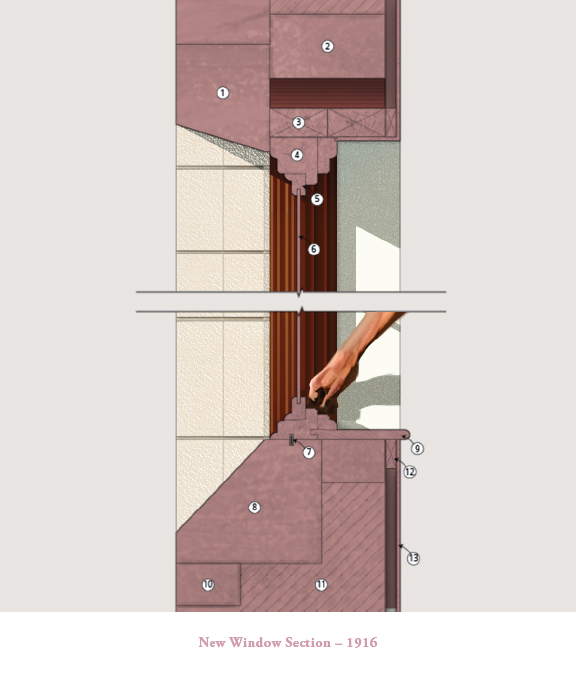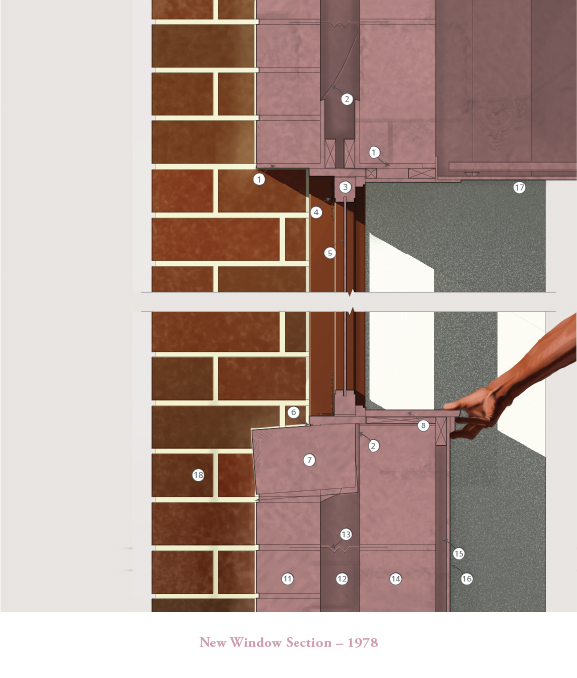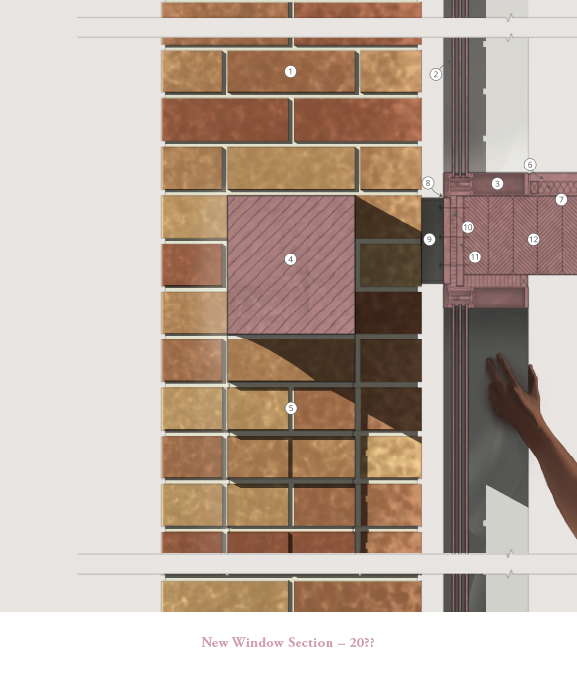2021 graduate wins Canadian Association of Heritage Professionals award
October 1, 2021

Luke McElcheran, a 2021 Master of Architecture graduate, has received an Award of Excellence for his master’s thesis from the Canadian Association of Heritage Professionals (CAHP).
He won the award in the Student Achievement category for his thesis Vital Traditions: Assessing the Status of Skilled Trades Work in Toronto’s Heritage Policy, completed under the supervision of Associate Professor Mario Santana.
McElcheran is a recent graduate of the NSERC Create Heritage Engineering program and received his MArch degree from Carleton University in June 2021.
“I’m extremely grateful to the Canadian Association of Heritage Professionals for their interest in this project and to the staff at Carleton and the NSERC Create Heritage Engineering program in particular for making it what it is,” said McElcheran, now working in Toronto in heritage conservation at ERA Architects.
The thesis surveyed literature on heritage trades work in an urban Canadian context. It also analyzed and compared the frameworks by which levels of government support the trades. A design project addressing the challenges and opportunities of trades in the heritage field accompanied it.
CAHP’s annual awards program recognizes excellence in the conservation of heritage value through preservation, rehabilitation, restoration, planning, and communication.
See all the award winners here.



Thesis Synopsis
New priorities in the heritage conservation field that argue for widespread rehabilitation and maintenance of existing buildings are hampered in Canadian jurisdictions by difficulties contracting appropriately skilled workers to carry out that maintenance. This thesis looks at Toronto’s conservation program and asks why heritage tradespeople don’t seem to have access to the same kind of opportunities and growth that heritage professionals are experiencing in the city. It also looks at heritage regulatory frameworks and advocacy in Toronto and the economic context for heritage work to understand this asymmetry and suggest tools to address it.
This policy research is complemented by an illustrative design project based on the history of development and adaptation at the Wychwood library building in Toronto. This series of technical drawings and illustrations challenges readers to consider how planning concepts are translated into urban form and how the visual conventions of heritage documentation reflect a policy approach that prioritizes the façade, treating the visual characteristics of heritage as a public amenity.
As a contrast, it proposes a series of details interpreting past additions and imagining future interventions to speculate about what heritage best practice might look like if it prioritized existing heritage criteria for craftsmanship, material, and construction method.
